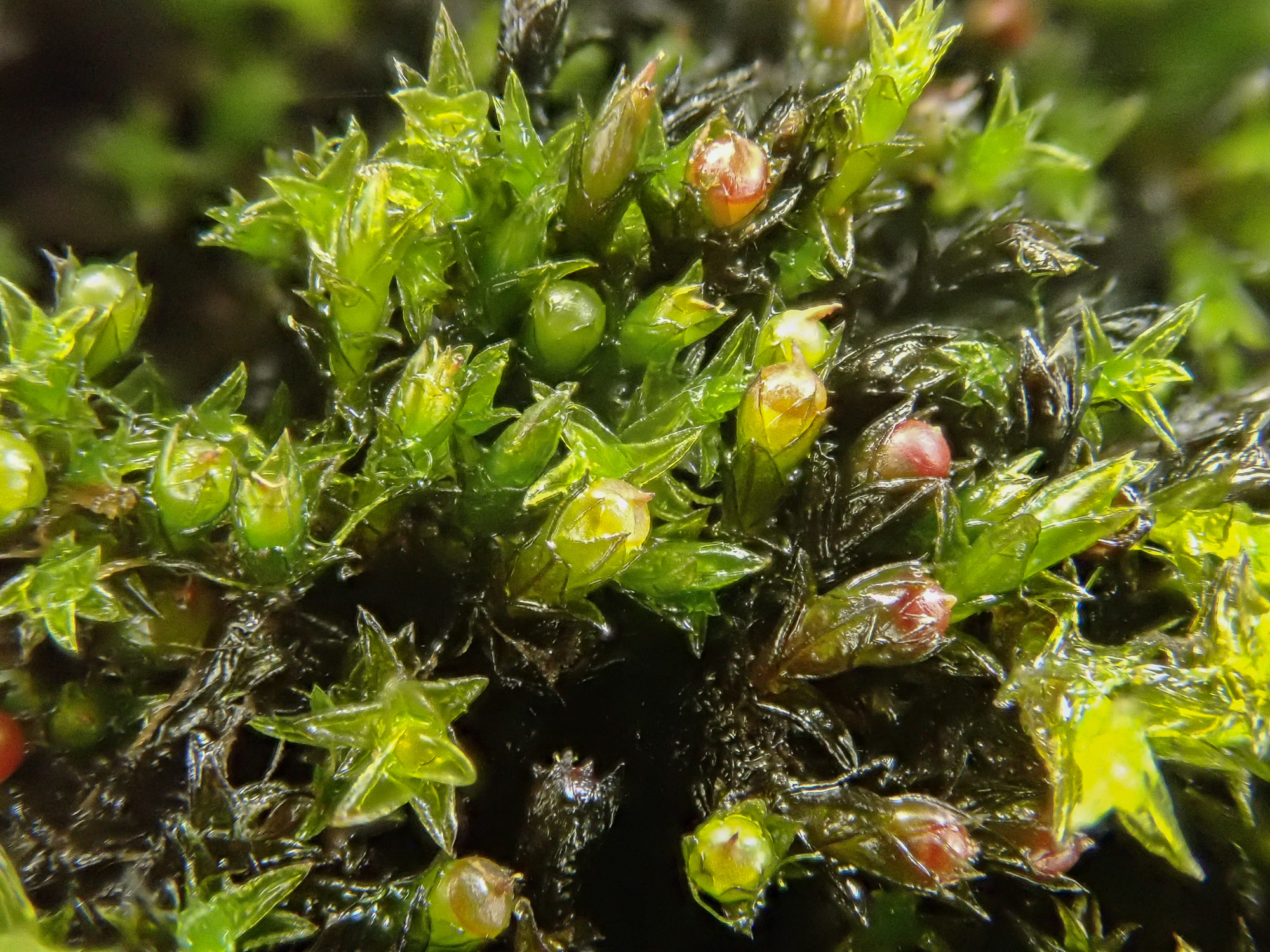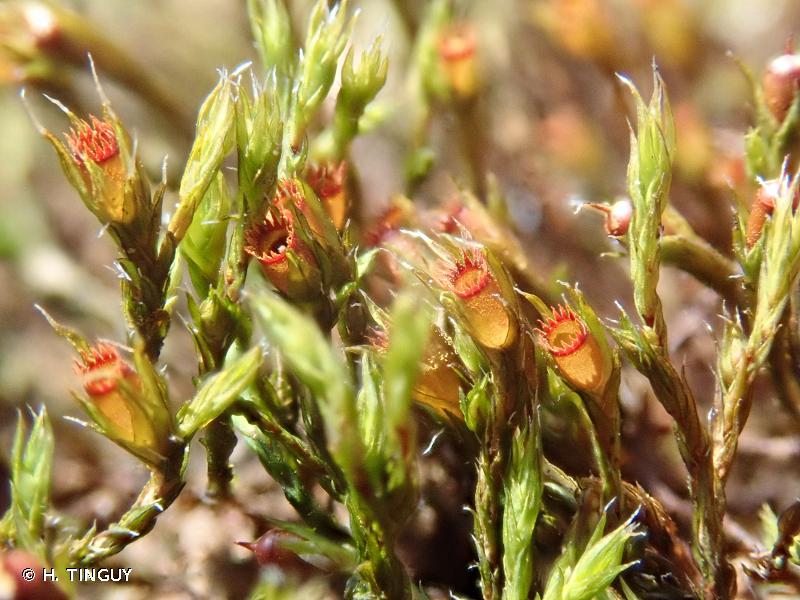
image from: https://www.britishbryologicalsociety.org.uk/learning/species-finder/schistidium-platyphyllum/
Schistidium platyphyllum subsp. abrupticostatum: A Fascinating Moss of the Grimmiaceae Family
Introduction
Mosses are often overlooked, but they play crucial roles in ecosystems around the world. One particularly interesting moss is

image from: https://www.britishbryologicalsociety.org.uk/learning/species-finder/schistidium-platyphyllum/
Schistidium platyphyllum subsp. abrupticostatum (Bryhn) H.H.Blom, a member of the Grimmiaceae family. In this blog post, we’ll take a closer look at this fascinating bryophyte, exploring its morphology, distribution, habitat, ecological roles, and adaptations. Get ready to dive into the tiny but captivating world of Schistidium moss!
Background
Schistidium platyphyllum subsp. abrupticostatum is a moss species first described by Norwegian botanist Niels Bryhn in 1906. It was later reclassified as a subspecies of Schistidium platyphyllum by Swedish bryologist Hans H. Blom in 1996. This moss belongs to the Grimmiaceae family, also known as the “dry rock moss” family, which includes around 350 species found worldwide.
Morphology and Identification
Schistidium platyphyllum subsp. abrupticostatum is a small, cushion-forming moss that typically grows in dense tufts. Its leaves are lanceolate (lance-shaped) and have a characteristic abruptly pointed apex. The leaf margins are usually recurved, and the costa (midrib) is strong, often reaching the apex. The moss capsules are immersed in the leaves and have a peristome (a ring of teeth around the capsule mouth) that helps with spore dispersal.
Identifying Schistidium mosses can be challenging, as many species have similar morphological features. However, the abruptly pointed leaf apex and immersed capsules are key characteristics that help distinguish S. platyphyllum subsp. abrupticostatum

image from: https://www.britishbryologicalsociety.org.uk/learning/species-finder/schistidium-platyphyllum/
from other Schistidium species.
Global Distribution and Habitat

image from: https://www.britishbryologicalsociety.org.uk/learning/species-finder/schistidium-platyphyllum/
Schistidium platyphyllum subsp. abrupticostatum has a wide distribution, being found in Europe, Asia, North America, and Greenland. It typically grows on exposed, acidic rocks in montane to alpine regions. This moss is well-adapted to harsh environmental conditions, such as high elevations, strong winds, and intense UV radiation.

image from: https://www.britishbryologicalsociety.org.uk/learning/species-finder/schistidium-platyphyllum/
Ecological Roles and Adaptations
Like other mosses, Schistidium platyphyllum subsp. abrupticostatum plays important ecological roles:

image from: https://www.britishbryologicalsociety.org.uk/learning/species-finder/schistidium-platyphyllum/
Soil stabilization: The dense cushions formed by this moss help stabilize soil and prevent erosion on rocky slopes.

image from: https://www.britishbryologicalsociety.org.uk/learning/species-finder/schistidium-platyphyllum/

image from: https://waarneming.nl/waarneming/view/231249823?_popup=1
Water retention: Mosses act as natural sponges, absorbing and retaining water, which helps maintain moisture in their immediate environment.
Habitat provision: Schistidium mosses provide shelter and microhabitats for various small invertebrates, contributing to local biodiversity.
To thrive in its harsh montane and alpine habitats, S. platyphyllum subsp. abrupticostatum has developed several adaptations:
- Desiccation tolerance: This moss can withstand prolonged periods of dryness, quickly reviving when moisture becomes available.
- UV protection: The dense cushion growth form and the presence of protective pigments help shield the moss from damaging UV radiation at high elevations.
- Freeze tolerance: Schistidium mosses can survive freezing temperatures, allowing them to persist in cold, high-altitude environments.
Conclusion
Schistidium platyphyllum subsp. abrupticostatum may be small, but it is a remarkable moss with a fascinating biology and ecology. Its ability to thrive in challenging environments and its important ecological roles make it a valuable component of montane and alpine ecosystems. The next time you find yourself hiking in the mountains, take a moment to appreciate the tiny but mighty Schistidium mosses beneath your feet. Who knows what other secrets these unassuming bryophytes might hold?

image from: https://waarneming.nl/waarneming/view/232686458?_popup=1

image from: https://inpn.mnhn.fr/espece/cd_nom/434042/tab/taxo